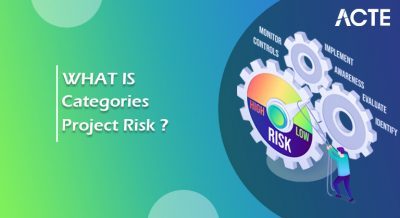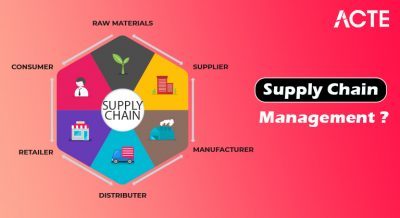
- Within an information system, software is a tool, and tools have to be selected for quality and suitability. This is the role of requirements. But software is more than a tool. It determines the performance of the system, and therefore it is critical to the quality of the system.
- The concept of “quality” is not as simple as it may seem. For any engineered product, there are a number of desired properties relevant to a particular project, which are discussed and determined at the time the requirements for the product are determined. Properties may be present or absent, or may be matters of degree, with tradeoffs among them, practicality and cost as major considerations. It is the responsibility of the software engineer to clarify the system quality requirements that may not be obvious in the beginning and to discuss their importance and the difficulty of achieving them. All software quality related processes (e.g. manufacturing, testing, quality improvement) will be designed with these in mind and will bear the cost on a design basis. Thus, it is important to take into account some possible properties of quality.
- Various researchers have designed software quality characteristics or characteristics models (usually taxonomic) that can be useful for discussing, planning, and rating the quality of software products. Models often include metrics to “measure” the degree of each quality attribute a product can achieve. Typically these metrics can be applied at any product level. They are not always a direct measure of the quality characteristics of the finished product, but may be relevant to the achievement of overall quality. Each model may have a different set of characteristics at the highest level of classification, and the selection and definitions for features may be different at all levels. Importantly, the system software requirements define the quality requirements and the characteristics for them.
Introduction to Software Quality Management:
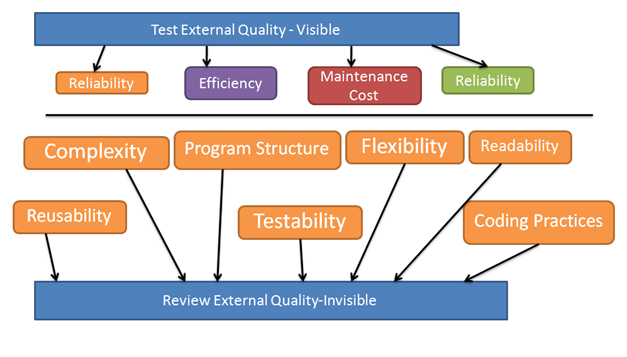
- We all are familiar with “flowcharts” from our school or college days. A flowchart is a diagram that represents a workflow process, algorithm, or a step-by-step process connected by arrows in different directions.
- These flowcharts are used to represent organisational structures, login systems, document work process flows, billing transaction flows, etc.
- Flowcharts allow us to identify the actual flow of events in a system. It is the stage of the process that will provide the information or picture of what the process looks like and shed some light on the quality issues. The flowchart helps to identify where exactly the quality problem lies in the process.
- The cause-effect diagram is also known as the fish diagram because the shape is somewhat similar to the lateral view of a fish skeleton. During problem-solving, everyone in the team has a different opinion about the problem or the root cause of the problem.
- The FISH The diagram captures all the reasons, ideas and uses brainstorming methods to identify the strongest root cause. The cause-effect diagram records the causes of specific problems or problems related to the processor system. You will find many different causes for a specific problem.
- A Pareto chart is a bar graph as well as a line graph that graphically summarises a group of data. The data can be related to cost, time, defects etc. Here, the bars in a graph represent the values in descending order i.e. the longest bar on the left and the shortest bar on the right and the cumulative total is represented by lines.
- The left vertical line or axis represents the frequency of events; This event may be related to cost, defect or some other unit of measurement. The right vertical axis represents the cumulative percentage of the total number of events.
- Control charts, also known as statistical process controls, are used to determine whether business processes are in a state of control. A control chart is a graph that shows how a process changes over time.
- If analysis of the control chart indicates that the processes are stable and have little variation and are under control, no change is necessary to the process control parameters.
- The control chart helps to determine the sources of variation if the processes are not under control. This means that corrective action is required for the process control parameter.
- A histogram is a graphical representation in a bar chart that shows where the pattern occurs in a variety of positions. It is the distribution of numerical data and it provides essential information about the size and dispersion or spread of a set of sample data.
- The numerical information can be of any type like marks obtained during examination, number of new employees joined in a particular month, number of complaints received per category etc. The histogram shows the intensity of a particular problem and displays the data in one go. visual format.
- Selenium (Web Application Testing)
- Robot Framework (Acceptance Testing)
- Appium (mobile testing)
- Jmeter (load test)
- Jenkins (Continuous Testing)
- Postman / Robot Framework (API Testing)
- firebug/firepath (online debugging)
- GitLab (project and source code hosting)
- Trello, Deacon Board (defect tracking and collaboration)
- UIAutomator (Galen Framework)
- Pycharm, Eclipse (source code editor), etc.
Tools for Software Quality Management:
1) Flowchart:
2) check sheet:
Check sheet is used to collect data and information in easy format. It increases the accuracy in the data collection process with easy methods and formats. It also significantly reduces data collection efforts. This data collection is based on real facts and figures rather than any imaginary numbers and objects. This data collection method produces some kind of output and this output is in a different data format which is always easier for analysis.
3) Cause-Effect Diagram:
4) Pareto chart:
5) control chart:
6) Histogram:
7) Scatter Diagram:
A scatter diagram is a graphical representation that shows the relationship between two variables. It is a quality management tool, in which the data is represented as a point and each point on the graph indicates the value on the horizontal and vertical axis. Of these two variables, one variable is independent and the other variable is dependent on the first variable. It is also known as “scatter plot” or “scatter graph”.
New and updated tools continue to proliferate across the software quality spectrum, with expansion options in testing automation, performance testing, mobile testing, niche testing, bug tracking and more. Here are some favourite software quality tools –
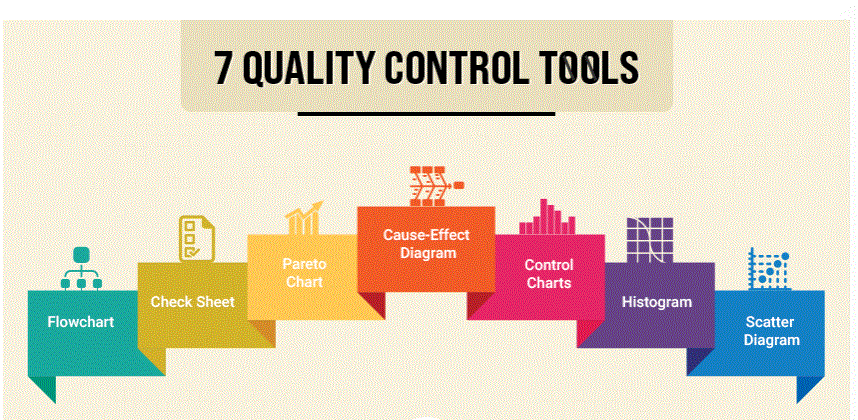
- There are many features that are important from the point of view of the user.
- Does the software provide the full range of desired functionality for its intended purpose?
- Does the software work reliably to produce the right results on the right inputs?
- Does the software function safely and securely in response to bad input?
- Does the software act reactively or does it seem unnecessarily slow?
- Does the software work well with other software employed by the user?
- Considering user quality issues as important, the IT group responsible for deploying and maintaining the software may be concerned with other issues.
- Is the software protected from malicious attacks aimed at compromising other components of the IT infrastructure?
- Does the software make good use of computing resources or does it seem to require more memory and processing power than is necessary?
- Beyond user and operational perspectives, developers of software may consider other quality factors, particularly focusing on the quality of the source code.
- How easy is it to modify the software to adapt to changing needs?
- Whether the software can be adapted to operate well on a variety of different computing platforms.
Features / Characteristics
Software quality is a judgement about the value of software from a particular point of view. Software quality is often decomposed into individual quality characteristics.
User perspective
Is the software easy to use?
Operational perspective
Developer perspective
Types / methods:
Software testing can be divided into several types. Each type has its own application, requirements, advantages and disadvantages. Software testing is mainly divided into two different types: functional and non-functional testing.
functional testing- Functional tests are run to ensure that the software under test conforms to the software requirement specification. Functional testing types include:
Unit testing- Unit testing involves testing independent modules of software. This test is usually run by the programmer to test the compiled code.
integration testing- Testing of all modules of the software to ensure that they work in harmony with each other. This testing technique is especially important in distributed systems.
system test- Testing the entire system as per the software requirements.
cleanliness test- Prudence test checks whether planned functionality is working as expected
smoke test- Smoke test checks whether the software is fully tested or not.
interface test- Interface testing determines whether two separate components of the software can communicate with each other.
regression testing- Regression testing is testing the application as a whole to test a new change in functionality.
beta/acceptance testing- Acceptance or user acceptance testing tests the software against its requirements to check whether the end to end flow is as per the requirements of the user.
non-functional test- Non-functional testing tests the non-functional requirements of software to determine its performance, usability, and reliability. Non-functional test types include:
performance test- Performance testing checks whether software performs to determine standards and performance requirements.
load test- Load testing examines the behaviour of software under specific load conditions that may cause performance degradation.
- Making a mistake is a human phenomenon, but sometimes a small mistake or neglect can prove to be very costly. Like everything else, this is also true for software development. Human error can lead to flaws in the design and code of a software product, but when these mistakes go undetected they compromise the quality of the software and result in undesirable and costly consequences. This is what makes “software quality” so important.
- Software quality refers to the ability of a software product to perform its expected functions in a safe and defect-free manner. Just as you evaluate the quality of fruits by checking their freshness, size and shape before purchasing them, the quality of a software system is assessed through Quality Assurance (QA). It highlights the importance of quality assurance in software development but it is one of the many reasons why QA matters to software providers, product owners and users.
- But before we discuss the reasons why quality assurance is important, let’s remind ourselves of some real-life examples of software failures that were caused by a lack of proper quality management.
Syntax with examples:
- Identifying standards to be used in software development processes.
- Conducting traditional processes like quality review.
- Perform in-process test data recording procedures.
- Encouraging documentation process standards.
- Follow-up review of the software to ensure any necessary changes were addressed as detailed in previous testing.
- Release testing of the software with proper documentation of the testing process
- Apply software measurements and metrics to assessment.
- Check the software and associated documentation for non-compliance with standards.
- An approach that consolidates test driven methodology and refactoring. Click to learn about Golang Unit Testing
How its works?
Software quality management activities are generally divided into three main components: quality assurance, quality planning and quality control.
Quality Assurance:
Establish an organised and logical set of organisational processes deciding on software development standards paired with regulatory processes; A better chance of producing high quality software.
This step may include
Quality plan
The quality plan defines the quality characteristics associated with the production of the project. How are those attributes evaluated? Features such as “robustness,” “accessibility,” and “modularity” associated with a software development project. The quality plan may also address the intended market, critical release date, quality target, expected risk, and risk management policy.
Quality control
The quality control team tests and reviews software to ensure quality assurance processes and standards at both the organisational and project levels. In software development firms that implement the agile quality approach, switching from a more formal quality management structure to agile methods causes problems if control processes are not optimised appropriately.
Activities include
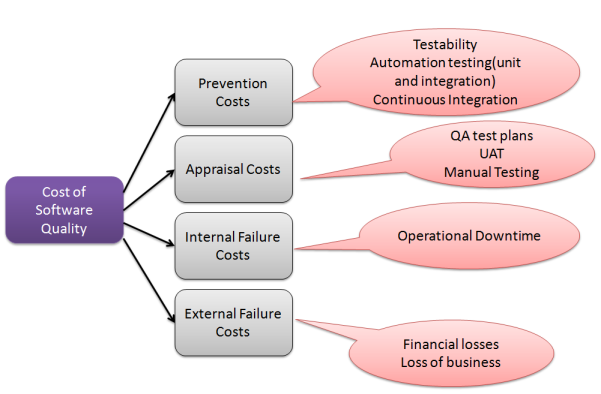
Why?
For a successful business that develops software, software quality must be a requirement- cannot be an exception. Consider the ways software quality affects business.
Forecast
Software quality enhances predictability. As rework increases, predictability decreases, and a lower quality product increases. Do it right one more time, and there will be less variation in productivity, less rework, and better performance overall. Products get delivered on time. Bad quality is much more difficult to manage.
Prestige
Establishing a significant, solid reputation is hard and easy to lose, but when a company has it, it’s a powerful business driver. Some mistakes and fame can be remedied, creating significant barriers to sales and, as a result, your bottom line
Employee morale
The happiest and productive employees take pride in their work. Enabling employees to build software will lead to higher levels of productivity and morale. Substandard products, lots of rework, unhappy customers and difficulty making up the deadline have the opposite effect, leading to a less productive workforce and higher turnover.
Customer satisfaction
A quality product makes the customer satisfied. A satisfied customer comes back to provide positive referrals. Customer loyalty is heavily influenced by the quality of the software produced and the service offered. With social media channels like Facebook and Twitter, positive references can spread quickly. Poor quality and dissatisfaction can also communicate faster, albeit not faster, than good.
Ground level
Predictable and productive performance, happy employees, a great reputation and satisfied customers are the formulas for a successful software business. It all drives the bottom line. Quality affects various areas of software development projects.
Big data is the trend that is revolutionising society and its organisations because of the capabilities it provides to take advantage of different types of data. Click to know about Big Data Testing Best Practices
- Increase productivity of the development team.
- Improved Product Quality – Test statistics and defect tracking are more accurate and up-to-date.
- Rework costs are reduced as defects are detected earlier in the software project development life cycle at each stage.
- Increased level of confidence in existing product management and future product development.
- The increased reliability would be highly qualitative as the software produced.
- Save money
- Inspires client confidence.
- Maintains great user experience.
- brings more benefits.
- Increases customer satisfaction.
Benefits:
Some of the benefits of software quality are –
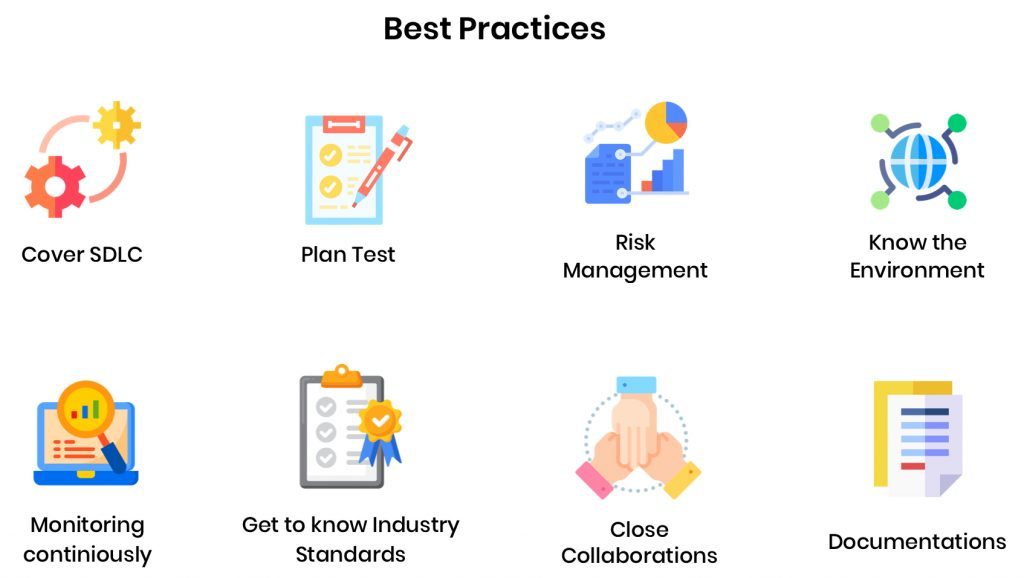
- Each quality tool has unique features and benefits for the specific situation and these tools can be used for problem-solving depending on the situation. However, not all quality control tools can be used for problem-solving.
- Every project manager wants to deliver the project with high quality and these seven basic quality management tools will help them to achieve quality. Like every other product, quality is also important for a software system. Whether it is a simple internal system used by a few people or a software product to cater to millions of users, it is the job of a software company to provide a quality software product that is well-suited to flaws and vulnerabilities. is tested from.
- Quality assurance helps to identify errors and flaws in software code and design during the development process to prevent loss of time and money. It ensures that the final product is competitive, safe and performs its expected functions smoothly. From a business perspective, a thorough software development quality assurance practice can help a business’s reputation and guarantee user and customer satisfaction.
Conclusion:
We have explored all the basic quality management and improvement tools here in this article.


